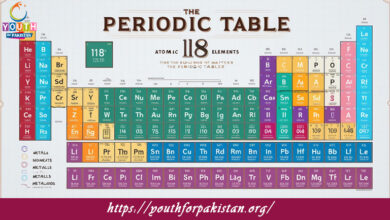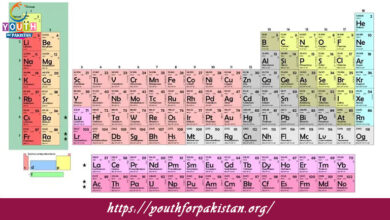Atomic Structure MDCAT MCQs with Answers

Welcome to the Atomic Structure MDCAT MCQs with Answers. In this post, we have shared Atomic Structure Multiple Choice Questions and Answers for PMC MDCAT 2024. Each question in MDCAT Chemistry offers a chance to enhance your knowledge regarding Atomic Structure MCQs in this MDCAT Online Test.
Who proposed the planetary model of the atom?
A) Rutherford
B) Thomson
C) Bohr
D) Dalton
The subatomic particle with a negative charge is:
A) Proton
B) Neutron
C) Electron
D) Positron
What is the relative mass of a neutron?
A) 1
B) 0
C) 1/1836
D) 2
The gold foil experiment was conducted by:
A) Rutherford
B) Dalton
C) Bohr
D) Chadwick
What is the charge of a proton?
A) -1
B) +1
C) 0
D) +2
The first atomic theory was proposed by:
A) Dalton
B) Rutherford
C) Bohr
D) Thomson
The cathode ray tube experiment was conducted by:
A) Thomson
B) Rutherford
C) Bohr
D) Chadwick
The mass number of an atom is the sum of:
A) Electrons and neutrons
B) Protons and neutrons
C) Protons and electrons
D) Neutrons only
What is the maximum number of electrons in the second shell?
A) 2
B) 6
C) 8
D) 18
Which subatomic particle determines the identity of an element?
A) Proton
B) Neutron
C) Electron
D) Positron
What is the shape of the p-orbital?
A) Spherical
B) Dumbbell
C) Circular
D) Elliptical
Which isotope is used as a standard for atomic mass?
A) Carbon-12
B) Oxygen-16
C) Hydrogen-1
D) Nitrogen-14
The atomic number of an element represents:
A) Number of neutrons
B) Number of protons
C) Number of electrons
D) Total mass
Who discovered the neutron?
A) Rutherford
B) Thomson
C) Chadwick
D) Bohr
The energy levels of electrons are quantized according to:
A) Rutherford’s model
B) Dalton’s theory
C) Bohr’s theory
D) Chadwick’s experiment
The charge of a neutron is:
A) +1
B) -1
C) 0
D) +2
Which rule explains the arrangement of electrons in orbitals?
A) Hund’s rule
B) Pauli exclusion principle
C) Aufbau principle
D) Dalton’s law
The atomic mass unit (amu) is based on:
A) Hydrogen
B) Carbon-12
C) Oxygen
D) Nitrogen
Which particle was discovered first?
A) Proton
B) Electron
C) Neutron
D) Photon
What is the number of protons in Helium?
A) 1
B) 2
C) 3
D) 4
The concept of quantized energy levels was introduced by:
A) Dalton
B) Bohr
C) Thomson
D) Chadwick
The region where an electron is most likely to be found is called:
A) Orbital
B) Shell
C) Nucleus
D) Sublevel
What is the maximum number of electrons in the third shell?
A) 8
B) 18
C) 32
D) 10
The isotopes of an element differ in their:
A) Atomic number
B) Mass number
C) Chemical properties
D) Number of protons
The term “atomic number” refers to:
A) Number of protons
B) Number of neutrons
C) Number of electrons
D) Total number of protons and neutrons
An atom that gains or loses electrons becomes:
A) Neutral
B) Isotope
C) Ion
D) Proton
The d-subshell can hold a maximum of:
A) 2 electrons
B) 6 electrons
C) 10 electrons
D) 14 electrons
The term “ground state” refers to:
A) An excited electron
B) An atom in its lowest energy state
C) An unstable isotope
D) A charged atom
The process by which an electron jumps to a higher energy level is called:
A) Excitation
B) Emission
C) Absorption
D) Ionization
The quantum number that specifies the shape of an orbital is:
A) Principal quantum number
B) Azimuthal quantum number
C) Magnetic quantum number
D) Spin quantum number
If you are interested to enhance your knowledge regarding Physics, Chemistry, Computer, and Biology please click on the link of each category, you will be redirected to dedicated website for each category.





